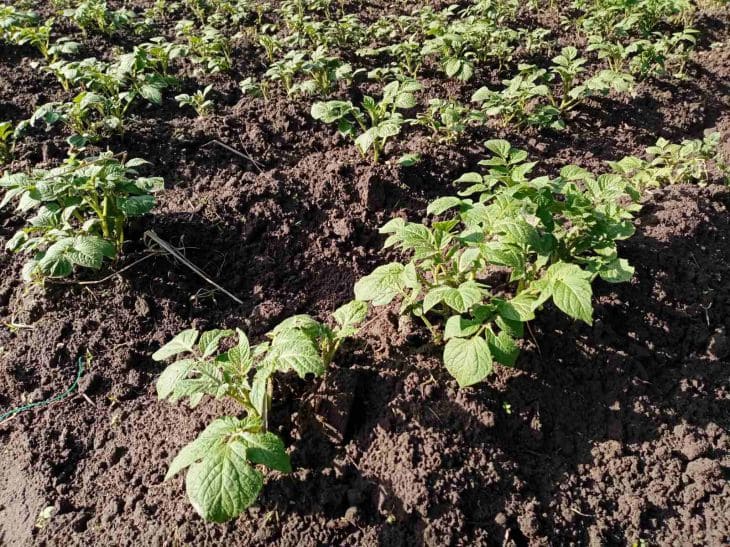We offer interesting tips for beginning gardeners on how to grow vegetable crops.
When planning future plantings, it is worth considering all the pros and cons before placing them on the site for future cultivation.
Sunny and shaded areas
Beds with tomatoes, peppers, cucumbers, peas, beans, corn and zucchini feel better in sunny and well-lit areas.
Carrots, radishes, beets and other root vegetables need sun for at least half a day. Green plants of spinach, chard, lettuce, cabbage tolerate shade and partial shade.
A full sun cycle should be 6 to 8 hours of daylight with no shade. Determine where the sun is at midday to plan where to plant tall plants so they don't shade shorter ones.

Irrigation and water storage system
Plants need a lot of water to grow, so install a permanent watering system for regular watering.
To store rainwater, use barrels that should be located under the building's gutter.
Arrange paths between rows
To properly maintain your beds and avoid trampling them, make permanent paths at least half a meter wide nearby.
Many ecological materials can be used as material for paths - sawdust, gravel, hay, mown grass and others.
But the most environmentally friendly is the grass that grows on these paths; it will need to be periodically mowed and used as mulch in the beds.
Compatible plantings
For such plantings, the plants must be as suitable as possible for each other and not suppress their neighbors.
An example would be planting French marigolds with a row of tomatoes, this minimizes the risk of aphids settling the plants, and nasturtiums planted between cabbage beds restrain the appearance of caterpillars. But the universal neighbor is the chrysanthemum.
It is very useful and wonderful in all respects. Chrysanthemum is a natural insecticide for the garden. Its planting is suitable near any vegetable crop. Some varieties are also edible.








